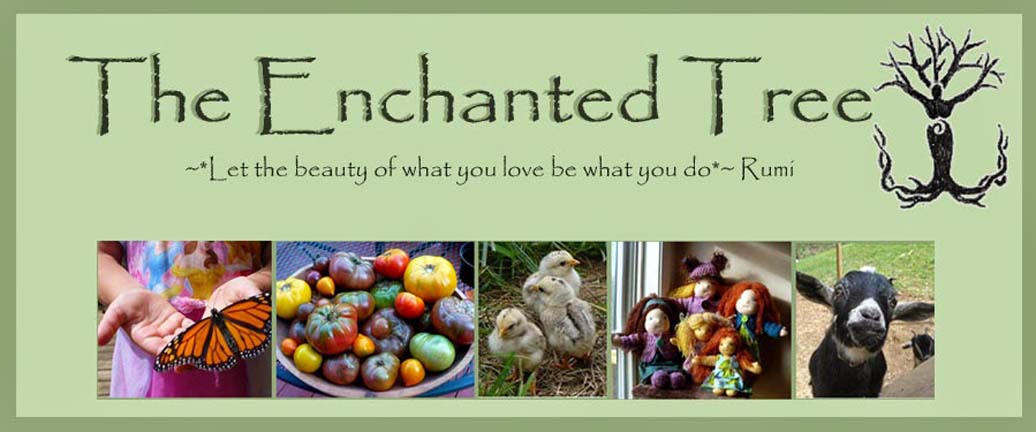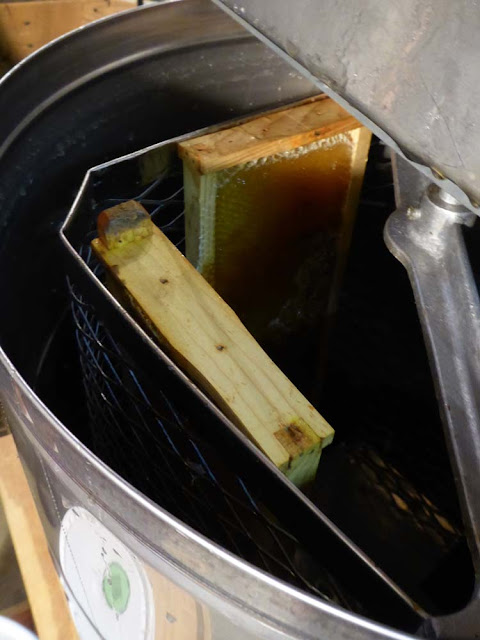This is our second year in bee keeping, and we finally got to pull honey which we've been anticipating since we began. We decided not to pull any honey the first year, instead allow the bees to focus on creating really strong hives. We fed sugar to help them pull frames and fill them with brood. The honey they made last year was then fed back to them in the winter. It seemed to be a good plan, as all of our hives survived the winter, and we went into our second year with strong colonies.
We started with 4 full size hives the first year and over wintered with 8. The bees grew exponentially this spring and we are entering the fall with 17 hives.
This is a beautiful frame of fully capped and cured honey. It's important to make sure your honey is properly cured or it could ferment. On our first pull we took all of the capped honey, but left behind anything that was not yet fully capped. We stored the capped honey in our basement with a dehumidifier to help the curing process until we were able to extract. We rented an extractor from the bee club, and so we had to wait until the extractor was available to extract the honey.
To extract the honey, we used a heated knife to remove the cappings. We did this over a clean tub, so we could collect all the wax cappings and any honey that dripped. Extracting honey is sticky messy business.
Once the cappings were removed, the frames were placed inside the extractor.
The extractor could hold 4 frames at a time. You put the frames in and spin the extractor to remove the honey. Turn frames around and do it again.
Spinning out the frames. Once all the honey is extracted from the frames, we open the spigot and pour the honey through a mesh filter to remove any large bits of wax and store it in food grade buckets. Our honey is considered unfiltered, as we do not run it through the fine filters to filter out every little thing. We believe leaving some tiny bits of pollen and wax is beneficial.
Beautiful golden honey! Our honey is considered wildflower honey, as we don't plant one specific crop for the bees. Guess from what was in season when the bees were bringing in the nectar, i would say this contains primarily tulip poplar, locust, redbuds and clover.
This was just the first round. A few weeks after extracting this honey, we purchased our own extractor and finished extracting the frames that were left. There was a waiting list for the extractor, and i had a local friend with one available for sale so we went ahead and purchased it so that we were not having to constantly wait on the clubs. We extracted almost this same amount, making our total close to 200 lbs of gorgeous raw wildflower honey! Not bad for our first honey harvest!!
We sold the first batch pretty quickly online, but have left the second batch to sell locally at the market and for gifting. i will also be listing it on our website very soon! So watch for that!
My labels are a bit boring, but i wanted something simple and was having a tough time fitting all the words on the label. We printed them at home, so i can change them up any time i feel like it. i may eventually redo them with our business name on the front, it's currently on the back with our contact info and all the required labeling.
It's been a learning process for sure, and a ton of work...but that honey sure does taste sweet at the end of the day making it worth it.








0 comments:
Post a Comment